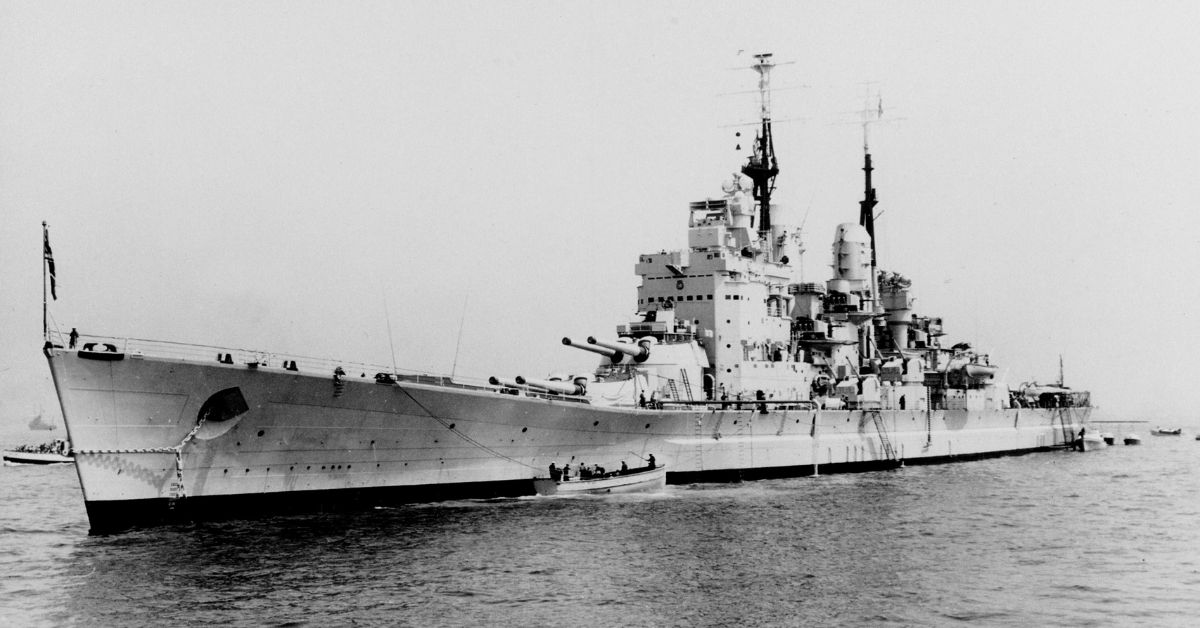I’ve been reviewing warship related books for quite some time and make no apology for being a huge fan of them.
I come from a family with a nautical tradition and although I’ve lived the contented life of a landlubber I am drawn to naval history and especially ship photography and imagery. Seaforth have allowed me to tap into my interest by producing some genuinely lovely books, none more so than the stunning British battleship trilogy by RA Burt.
His latest book completes the story by singling out the very last battleship to be built for the Royal Navy and indeed anywhere. HMS Vanguard brought a close to the era of the dreadnoughts and signalled, too, the end of much more besides.
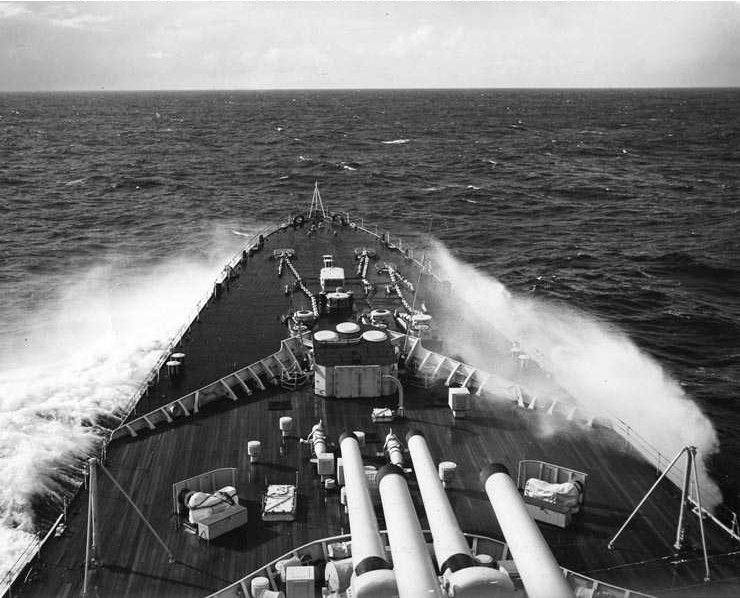
The British were signatories of the far-reaching treaties between the wars that limited battleship numbers, size and armament. A combination of the treaty terms and continuous problems with budgets did much to restrict the ships the Royal Navy wanted and this led to the fleet being filled with ageing ships that had fought the Great War.
Upgrades and refits were fine in themselves, but they would not resolve the problem of maintaining a modern effective fleet in the face of German, Italian and Japanese expansion.
The launch of the two Nelson class battleships in the 1920s gave the Royal Navy some new blood, but these ships were compromises based on elements of bigger vessels that did not survive the strictures of the Washington treaty and although they gave sterling service for upwards on two decades, there was need for more.
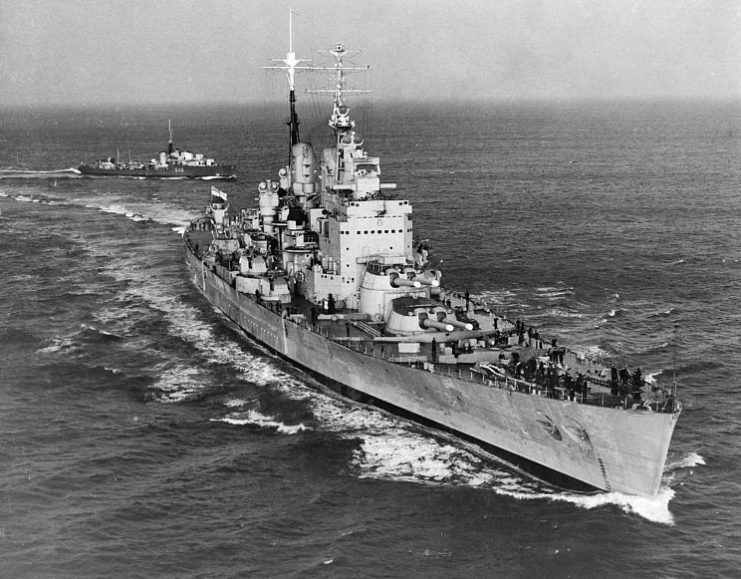
The five ‘KGV’ battleships came along next, with the ships ready for service as the Second World War progressed. They had been proposed at a time when an extension of the Washington Treaty seemed unlikely and the planners were keen to take advantage.
The class leader King George V and Duke of York made a good name for themselves, while Prince of Wales suffered the slings and arrows of history. Anson and Howe were also effective units. But the class suffered deficiencies brought about by trying to fit a lot in within prescribed weight limits with the ships being particularly soggy in heavy weather.
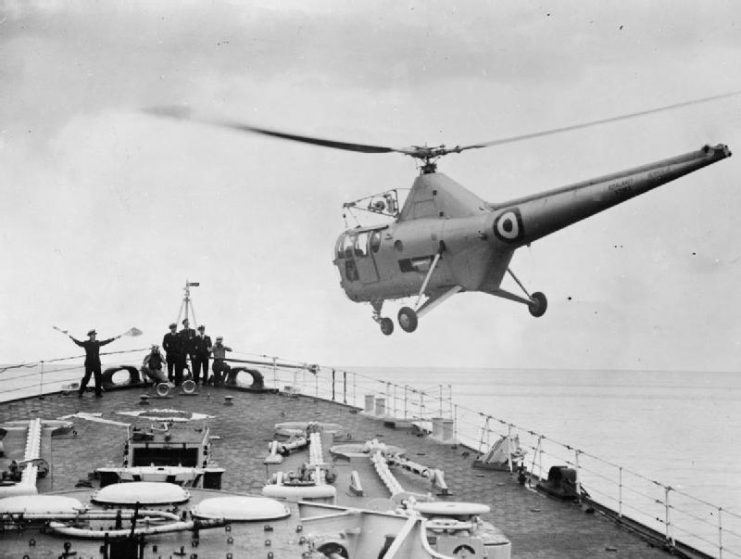
The two London treaties of the 1930s had their own impact, the latter most importantly, for amplifying the wedge driven in relations between Britain, Japan and Italy. Six Lion-class battleships were proposed but only Lion and Temeraire made any progress.
Construction was slow, riven with manpower problems and the need to prioritise other shipbuilding. There were, too, growing doubts about the efficacy of battleships in the aviation and submarine age.
A suggestion to convert one ship into a hybrid aircraft-carrier cum battleship armed with sixteen inch guns made some progress, but in the end it was simply a question of human and material resources that terminated the programme.
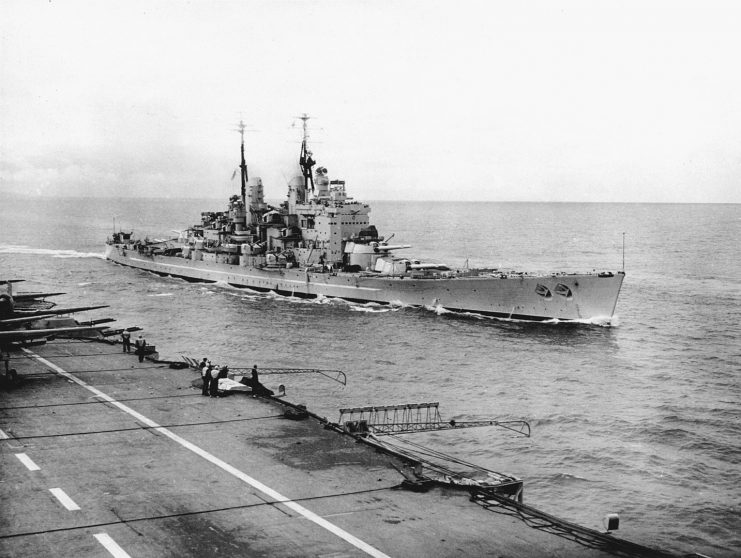
But there was still hope for the battleship. The major belligerents were still building them and the Royal Navy needed to respond. The result was HMS Vanguard. Ray Burt takes us through the design, construction and service of the ship.
He blends immense knowledge with his own wonderful technical drawings and gorgeous archive photography.
The book is a celebration of a really wonderful ship that came along too late to enjoy the glory of battle and it seems a little sad to record her only significant task was to act as a royal yacht of sorts taking HM King George VI and his family on their tour of South Africa in 1947.
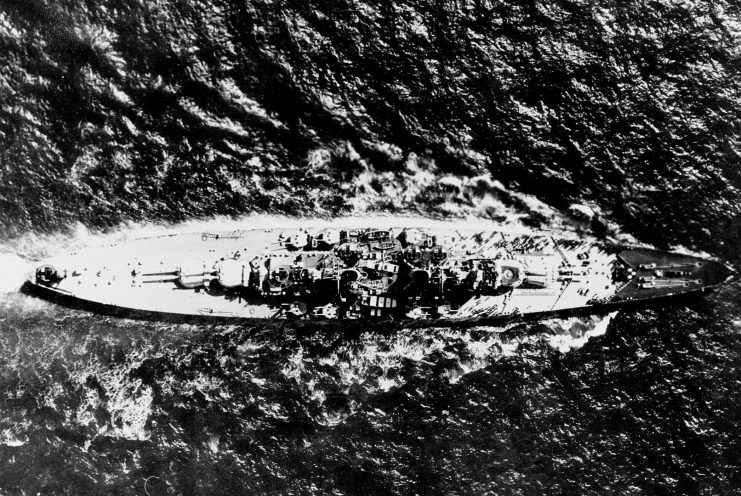
The sad fact is Vanguard was an expensive luxury a shrinking post war Royal Navy could ill afford. There were manpower problems as defence cuts bit hard and the new world order dictated submarines and missile technology were the future.
There was no place for a big gun ship as Britannia ceased to rule the waves. Time has shown that there may well have been a place for modified Vanguard within a large modern fleet, but the decline in fortunes of the Royal Navy made this impossible.
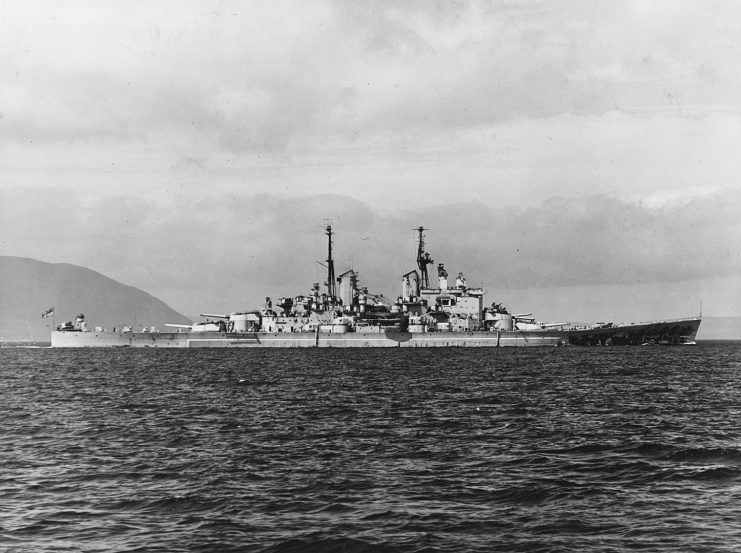
Although the US Navy’s battleships would continue to serve brilliantly in a variety of roles they were not originally envisioned to perform, the era of crossing the ‘T’ in battleship versus battleship confrontations was well and truly at an end.
HMS Vanguard languished in mothballs until she was taken away from Portsmouth to be scrapped in 1960 ending a chapter in history we will never see the like of again. This superb book is a celebration bringing a close to the battleship age.
Another Article From Us: Fears Grow That WW2 Wreck Could Explode
Reviewed by Mark Barnes for War History Online
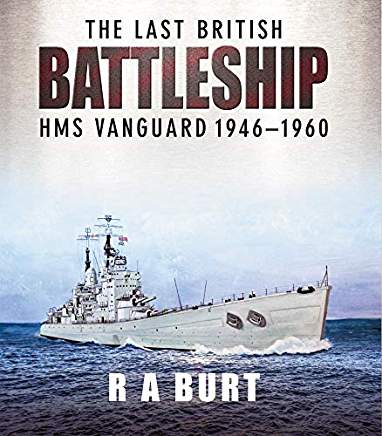
THE LAST BRITISH BATTLESHIP
ISBN: 978 1 5267 5226 0
HMS Vanguard 1946-1960
By RA Burt
Seaforth Publishing
